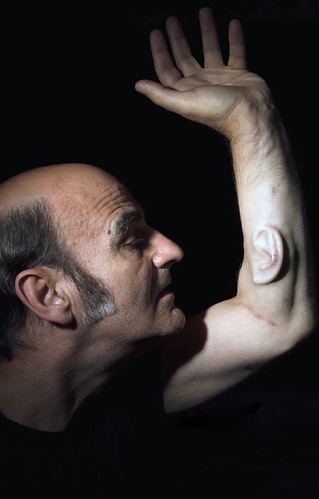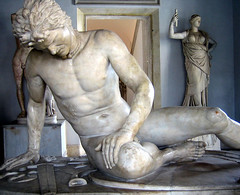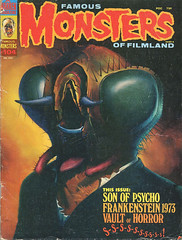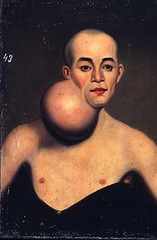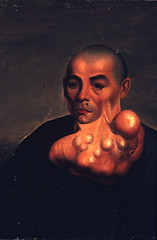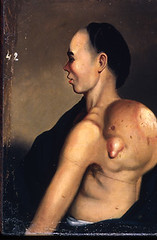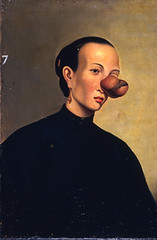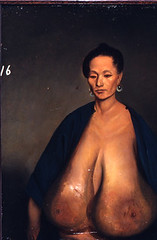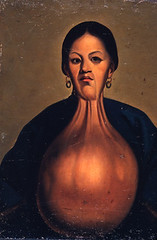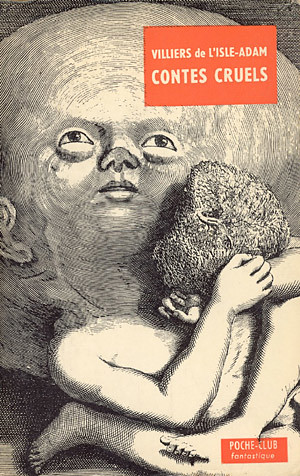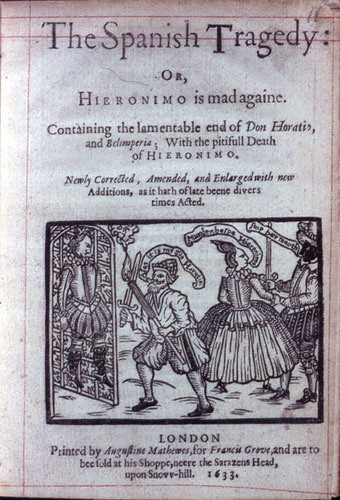Edgar Allan Poe, American writer and poet @200

A photograph of a daguerreotype of Edgar Allan Poe 1848,
first published 1880
Edgar Allan Poe (January 19, 1809 – October 7, 1849) was an American writer, and one of the leaders of the American Romanticism. Best known for his tales of the macabre and mystery, Poe was one of the early American practitioners of the short story and a progenitor of detective fiction and crime fiction. During his lifetime he was more popular in France (thanks to the translations of Baudelaire) than in his native country. After his premature death at the age of 40 he became internationally renowned. The Japanese writer Edogawa Rampo derived his pseudonym of his name. He came to the attention of 20th century audiences via the low-budget film adaptations by Roger Corman starring Vincent Price.
If you only want to read one story by Poe, read “Loss of Breath.”
“Loss of Breath: A Tale Neither in nor Out of “Blackwood” (1832) is a short story by Poe, first published on June 9 or November 10 1832. It concerns a man who suspects that his wife has stolen his breath.
David Ketterer describes the story as: “A surrealistic fantasy in which the idea that death involves not loss of life but merely loss of breath is combined with a whimsical but, for biographers of Poe’s psyche, revealing equation between loss of breath and loss of sexual potency on the narrator’s wedding night”.[1]
“Behold me then safely ensconced in my private boudoir, a fearful instance of the ill consequences attending upon irascibility—alive, with the qualifications of the dead—dead, with the propensities of the living—an anomaly on the face of the earth—being very calm, yet breathless.”
…
“The purchaser took me to his apartments and commenced operations immediately. Having cut off my ears, however, he discovered signs of animation. He now rang the bell, and sent for a neighboring apothecary with whom to consult in the emergency. In case of his suspicions with regard to my existence proving ultimately correct, he, in the meantime, made an incision in my stomach, and removed several of my viscera for private dissection. “

